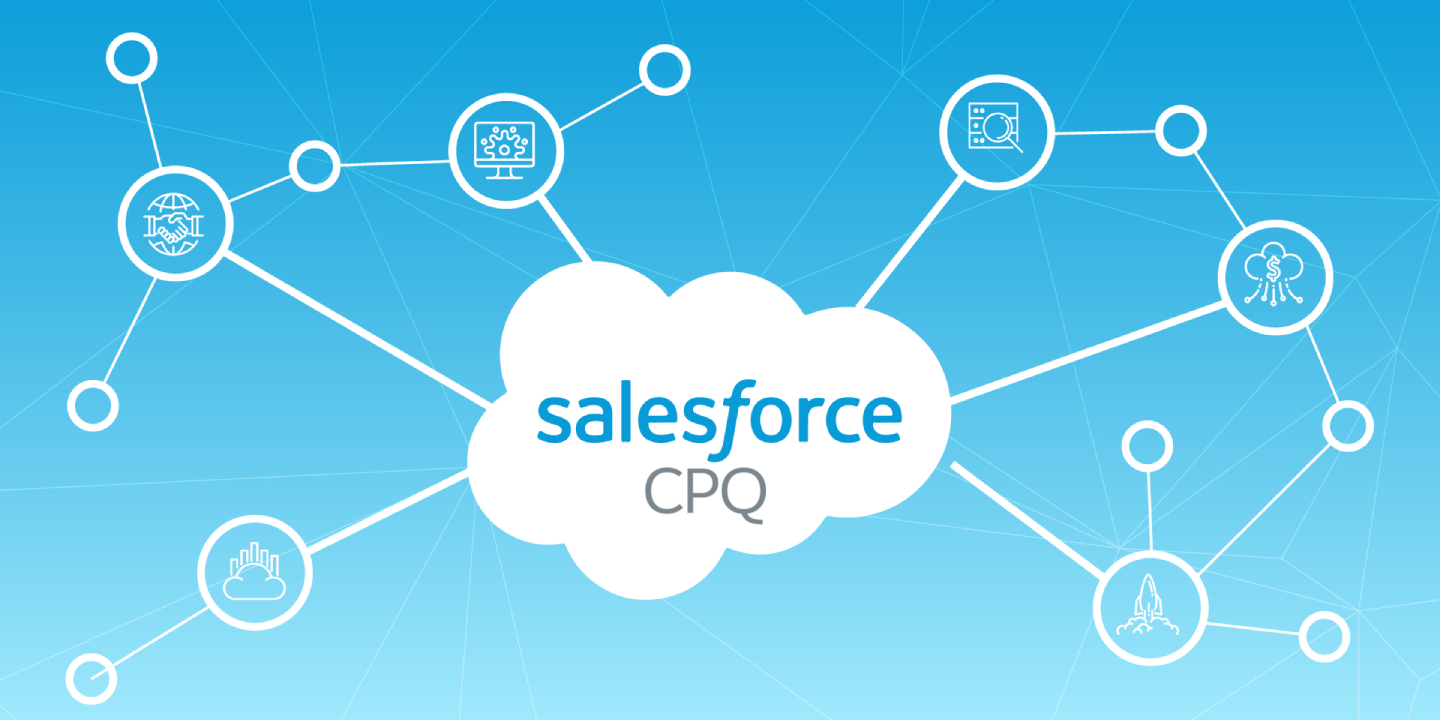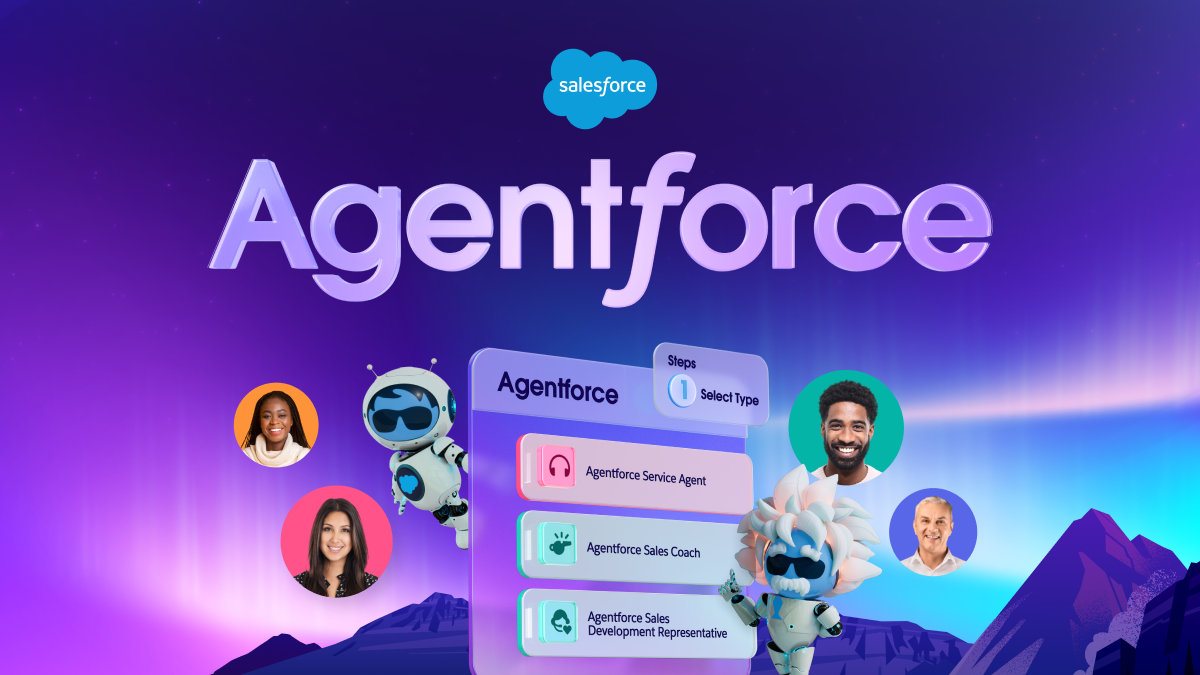In the fast-paced business environment, sales teams face the daunting challenge of delivering accurate quotes quickly while managing complex product configurations and pricing rules. Salesforce CPQ (Configure, Price, Quote) is a solution designed to simplify this process, empowering sales teams to work smarter, faster, and more efficiently.
If your organization is exploring Salesforce CPQ, partnering with a Salesforce consulting partner in New York ensures seamless implementation and customization. Let’s dive deeper into what Salesforce CPQ is, how it works, and how it benefits sales teams.
Understanding Salesforce CPQ
Salesforce CPQ is a robust sales tool that helps businesses generate accurate quotes for complex product or service configurations. Built directly on the Salesforce platform, it integrates seamlessly with Salesforce CRM, providing a unified ecosystem for managing customer relationships and sales processes.
CPQ stands for:
- Configure: Helping sales reps customize products and services based on customer needs.
- Price: Automatically applying pricing rules, discounts, and offers to ensure profitability and compliance.
- Quote: Generating professional, error-free quotes that can be shared with customers in real time.
For businesses with diverse product offerings or intricate pricing structures, Salesforce CPQ reduces inefficiencies and enhances accuracy. With the help of experienced Salesforce consultants in New York, companies can tailor Salesforce CPQ to meet their specific requirements.
Key Features of Salesforce CPQ
- Product Configuration
Salesforce CPQ simplifies the configuration process by guiding sales reps through selecting product combinations. It ensures compatibility, highlights upsell opportunities, and prevents errors like incompatible options or missed discounts. - Automated Pricing
Dynamic pricing rules account for factors like volume discounts, promotional offers, and regional pricing differences. This ensures that quotes are accurate and compliant with company policies. - Professional Quotes
Salesforce CPQ generates visually appealing, branded quotes with all the necessary details. This professionalism leaves a positive impression on clients. - Subscription Management
For businesses with recurring revenue models, Salesforce CPQ manages subscriptions, renewals, and upgrades effortlessly. - Real-Time Insights
Integration with Salesforce CRM provides real-time visibility into the sales pipeline, enabling better decision-making.
By leveraging Salesforce CPQ’s capabilities, sales teams can improve their efficiency and accuracy. Collaborating with a Salesforce developer in New York ensures the tool is customized to fit your organization’s unique needs.
How Salesforce CPQ Benefits Sales Teams
1. Increased Efficiency
Sales reps spend less time on administrative tasks like manually configuring products or calculating prices. With Salesforce CPQ, the entire process is automated, allowing them to focus more on selling.
2. Error Reduction
Manually creating quotes often leads to mistakes, whether it’s incorrect pricing, incompatible product combinations, or overlooked discounts. Salesforce CPQ eliminates these errors by enforcing pre-set rules and validations.
3. Faster Quote Generation
In competitive industries, speed is critical. Salesforce CPQ enables sales teams to generate accurate quotes in minutes, helping close deals faster.
4. Enhanced Customer Experience
By delivering accurate and professional quotes quickly, sales reps can provide a seamless and positive experience for customers. A polished quote not only reflects well on the sales team but also builds trust and credibility.
5. Streamlined Approval Processes
Salesforce CPQ integrates with automated workflows, ensuring that quotes requiring manager approval are reviewed and approved quickly. This reduces bottlenecks and keeps deals moving forward.
6. Improved Upselling and Cross-Selling
With built-in prompts for upselling and cross-selling opportunities, Salesforce CPQ helps sales teams maximize revenue. It suggests complementary products or higher-tier packages, increasing deal size.
7. Data-Driven Insights
Salesforce CPQ provides actionable insights into sales performance, customer preferences, and pricing trends. Sales managers can use these insights to refine strategies and improve outcomes.
If you’re considering implementing Salesforce CPQ, partnering with a Salesforce consulting partner in New York ensures you unlock its full potential for your sales team.
Salesforce CPQ Use Cases
1. Manufacturing
Companies with complex product catalogs can benefit from Salesforce CPQ by ensuring accurate configurations and pricing. For example, a machinery manufacturer can configure quotes that include equipment, installation, and maintenance packages.
2. Software and Technology
In industries offering subscription-based services or SaaS products, Salesforce CPQ streamlines recurring billing and renewals. For instance, a software company can easily quote customized licensing plans with tiered pricing.
3. Retail and E-Commerce
Retailers with dynamic pricing structures can use Salesforce CPQ to create personalized offers and discounts. This ensures consistency across channels and builds customer loyalty.
4. Professional Services
Consulting firms and service providers can benefit from CPQ by generating detailed quotes that include project timelines, deliverables, and pricing models.
Businesses in New York across these industries can gain a competitive edge by collaborating with a Salesforce consultant in New York to customize Salesforce CPQ for their unique needs.
Implementing Salesforce CPQ: Best Practices
1. Define Business Goals
Clearly outline what you aim to achieve with Salesforce CPQ, such as reducing quote errors, accelerating the sales cycle, or improving upselling rates.
2. Customize to Your Needs
Every business has unique processes. Work with experienced Salesforce developers in New York to tailor Salesforce CPQ to your specific requirements.
3. Train Your Team
A successful Salesforce CPQ implementation depends on user adoption. Provide comprehensive training to ensure your sales team understands and uses the tool effectively.
4. Monitor and Optimize
Continuously track performance metrics like quote accuracy, approval times, and sales velocity. Use these insights to refine your CPQ processes.
5. Leverage Expert Support
Partnering with a Salesforce consulting partner in New York ensures smooth implementation, ongoing support, and scalability as your business grows.
Why Work with Salesforce Consultants in New York?
Implementing Salesforce CPQ requires expertise to align it with your business processes and goals. Engaging a Salesforce consulting partner in New York ensures:
- Seamless integration with your existing Salesforce CRM.
- Customization to fit your unique sales workflows.
- Expert guidance on best practices for CPQ implementation.
- Localized support and insights tailored to your industry.
With skilled Salesforce developers in New York, your business can leverage Salesforce CPQ to transform its sales operations, improve customer experiences, and drive revenue growth.
Conclusion
Salesforce CPQ is a game-changing tool for sales teams, offering streamlined processes, improved accuracy, and faster deal closures. From product configuration to professional quote generation, its features simplify the most complex aspects of sales.
For businesses in New York, partnering with a Salesforce consulting partner in New York ensures that your Salesforce CPQ implementation aligns with your business goals and maximizes ROI. Whether you’re in manufacturing, software, retail, or services, Salesforce CPQ can revolutionize how your sales team operates.
To get started, connect with experienced Salesforce consultants in New York today and take the first step toward transforming your sales process.




